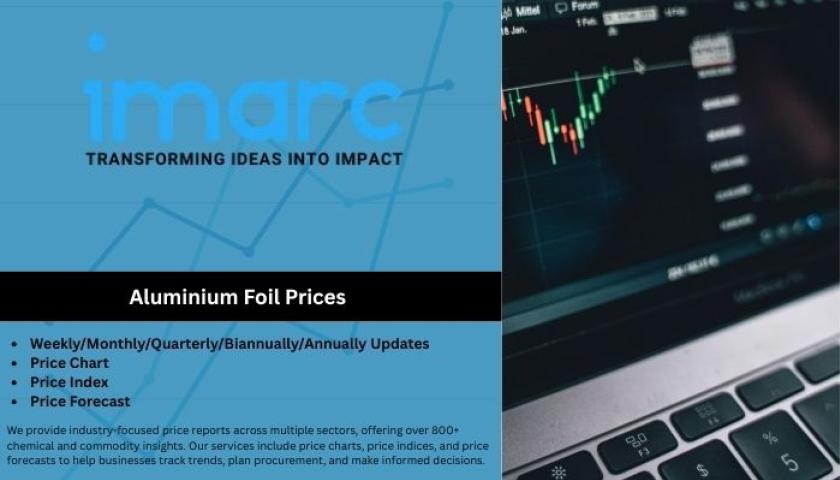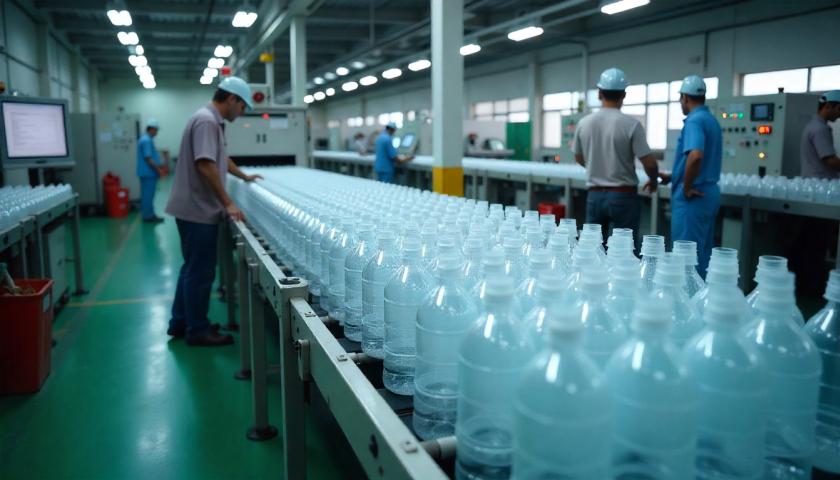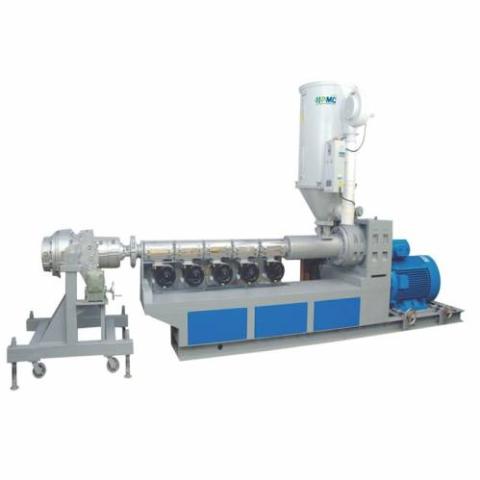Rise
of Aluminum as Preferred Material
Aluminum has emerged as one of the most widely used metals in the world due to
its attractive properties such as light weight, corrosion resistance, and
recyclability. It has effectively replaced traditional metals in many
applications and continues to gain ground in new areas. The automotive and
construction industries have led the adoption of aluminum to reduce weight and
meet sustainability objectives. Aluminum extrusions, in particular, offer
architects and engineers greater design flexibility compared to other
manufacturing processes.
What is Aluminum Extrusion?
Aluminum extrusion is a process used to create objects of a fixed
cross-sectional profile. In this manufacturing process, rectangular aluminum
ingots are loaded into a hydraulic press and pushed through a pre-formed die.
The die gives the metal its final shape by sizing and shaping it as it is being
pushed from the container (billet) into a continuous profile. This allows for
the creation of intricate aluminum profiles with very tight tolerances.
Extruded parts have excellent mechanical properties and consistency along their
entire length.
Automotive Leads Growth in Extrusion
The automotive industry has hugely benefited from weight reduction using Aluminium
Extrusion. Nearly 30% of the weight of passenger cars manufactured
today comes from wrought aluminum. Automakers extensively use extrusions to
produce pillars, frames, suspensions, wheels, and other structural and interior
components. This has helped lower vehicle weight by 100-250 lbs on average,
significantly improving fuel efficiency. Even trucks and commercial vehicles
are now specifying more aluminum extrusions. With tighter emission regulations
worldwide, this extrusion growth in the automotive sector is projected to
remain strong.
Construction Sector Demand on the Rise
In construction, aluminum extrusions are finding wide application as frames for
windows, doors, railings, roofing, and siding. Their corrosion resistance,
durability, and low maintenance have made them a preferred choice compared to
wood in recent times. They provide solid, leak-proof frames that last the
lifetime of the building without issues like wood rotting or rusting.
Infrastructure projects also employ extruded aluminum for bridges, transmission
towers, seismic applications, and more. Major reconstruction activities across
regions are contributing to growth in construction extrusion demand.
Extrusion Dies - Enabling Complex Shapes
The heart of the extrusion process lies in the sophisticated extrusion dies
that form the heated aluminum into an endless variety of shapes. Recent
advancements in die-design and related tooling technologies have allowed
producers to create previously impossible three-dimensional shapes, intricate
hollow sections, and intricate tolerances less than a millimeter. This has
expanded the applications potential for extrusions. Investment in die
fabrication facilities and R&D continues to make extrusions an adaptable
process for intricate, tailored-solutions. Complex hydroformed tubular
components are also now possible using multi-step processes.
Innovation Drives New Applications
As extruded aluminum profiles deliver added abilities to designers, an array of
innovating applications emerge. Examples include electronic enclosures, medical
equipment housings, bicycle frames, playground structures, irrigation systems,
and outdoor furniture— areas where aluminum excels. Extrusions also find use in
renewable energy technologies. Solar panel frames, wind turbine towers, and
hydroelectric plant components benefit from aluminum’s durability, corrosion
resistance and light weight. With a dedicated focus on R&D, production
technology upgrades and quality control, its companies continue to tap new
opportunities across industries.
Focus on Sustainability
Environmental consciousness is driving increased recycling and green practices
in aluminum extrusion. Companies strive to manufacture extrusions using
produced from recycled scrap metal. The energy intensity of primary aluminum
production makes extrusion from recycled sources highly beneficial. Initiatives
to reduce waste and carbon footprint during extrusion manufacturing are also
gaining prominence. As public and private stakeholders emphasize
sustainability, its producers will face growing demands to comply with
eco-friendly standards throughout product lifecycles. Those that drive
sustainability performance stand to gain a competitive edge in the long run.
Explore More About Aluminium Extrusion
Choose
your Preferred language for better understanding-
About Author-
Ravina Pandya, Content Writer, has a strong foothold
in the market research industry. She specializes in writing well-researched articles
from different industries, including food and beverages, information and
technology, healthcare, chemical and materials, etc. With an MBA in E-commerce,
she has an expertise in SEO-optimized content that resonates with industry
professionals. (https://www.linkedin.com/in/ravina-pandya-1a3984191)











